Comprehension. It’s the ultimate goal of reading. In order to learn from or enjoy what we’re reading, we have to make meaning first. Comprehension questions are often used to see what kids do or don’t understand about what they read.
If you search the internet for very long, you’ll discover loads of “comprehension activities” that ask only literal or “right there” questions. {This means the answer is right there in the text; word.for.word.}
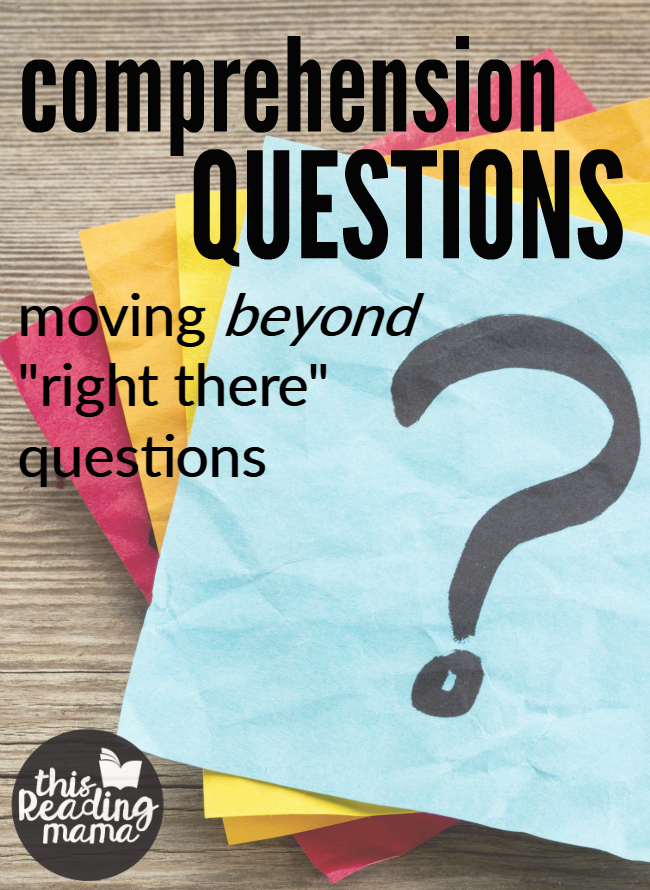
Comprehension Questions: Moving Beyond “Right There” Questions
Before I say anything else, I want you to hear me say that there’s nothing wrong with “right there” questions. Remembering what we read is vital to comprehension.
But if we stop there, we have a problem. We MUST dive deeper with the kinds of questions we ask readers. Moving beyond “right there” questions helps readers to truly comprehend {not just remember} what they’ve read, preparing them to be critical thinkers and readers.
Here’s a question I’d like to pose to you: Does a perfect score on a “right there” comprehension test mean that you can make meaning of {comprehend} what you’ve read?
Before you answer, let’s give it a go! Read the story, then answer the questions below.
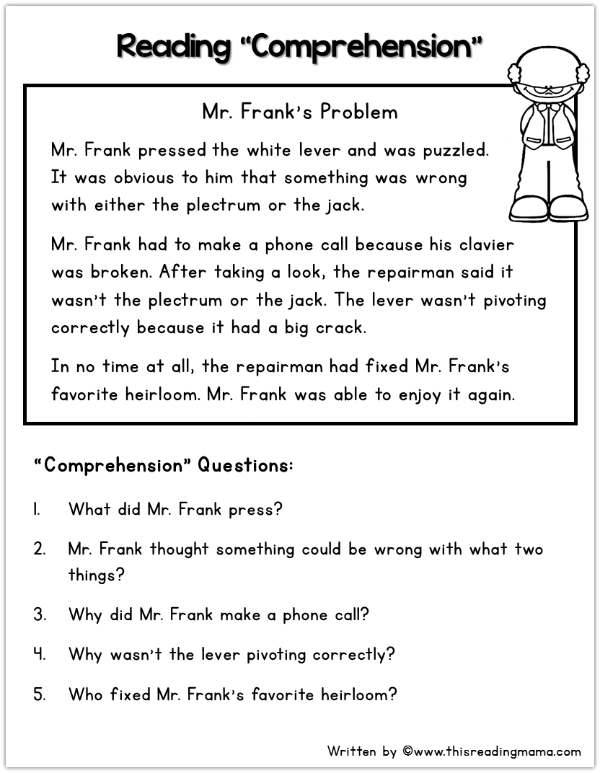
Well, how did you do? You probably had a perfect score, right? But the real question is: Did you make meaning of the text? Maybe you did {the word clavier might have given it away for some of you}, but most of you probably didn’t.
And this is what we do to readers when we give them reading “comprehension” activities such as this! While we may not use big words like plectrum or clavier, our young readers are able to answer the questions word.for.word. by simply looking back, not necessarily because they understand what they are reading. This can be especially true for struggling readers.
Reading Comprehension Questions Worth Asking
So, if we need to go beyond “right there” questions, what types of reading comprehension questions are worth asking? While there are tons of strategies and models out there, I just want to quickly mention a couple.
1. QAR
One common strategy for asking question is QAR {Question-Answer Relationship}. In this strategy, “right there” questions are used, but so are these:
- Author & Me – The reader combines info from the author {and/or pictures} and his/her own background knowledge to come up with an answer.
- Think & Search – The answer is in the text, but the reader has to combine the information from several places in the text to figure it out.
- On My Own– The answer is not in the text. It requires the reader to use background knowledge to answer it. This kind of question could even be answered without reading the text.
2. Bloom’s Taxonomy
Another common strategy is Bloom’s Taxonomy. {While it’s typically shaped like a pyramid, I like to turn it upside down.}
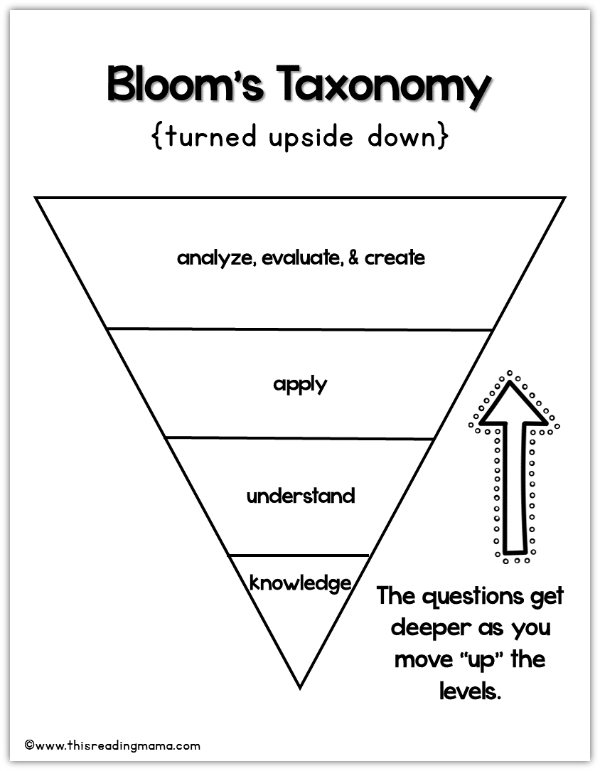
In this model, the kinds of questions we ask are put on different levels, with “right there” questions being the lowest. The levels of Bloom’s Taxonomy are:
- Level 1- Remembering/Knowledge
- Level 2- Understanding
- Level 3- Application
- Level 4- Analyze
- Level 5- Evaluate
- Level 6- Create
You don’t need to be too concerned about figuring out exactly which of Bloom’s levels your comprehension question fits into. But his model is a good reminder that there’s MUCH more to comprehension than just remembering knowledge.
Following a particular model of questioning might not be your cup of tea. I understand if it’s not. But we still need to move deeper with our questions. One simple question we should ask ourselves is: Am I asking questions that require kids to “read between the lines”? If the answer is no, it’s time for us to re-think the kinds of comprehension questions we’re asking.
*Clip art by: EduClips, Whimsy Workshop Teaching, & KG Fonts
You Might Also Like
Reading Comprehension Strategies
How to Ask Questions to Check Comprehension
Discussion Questions for Fiction & Nonfiction
50+ Texts for Modeling Comprehension
~Becky
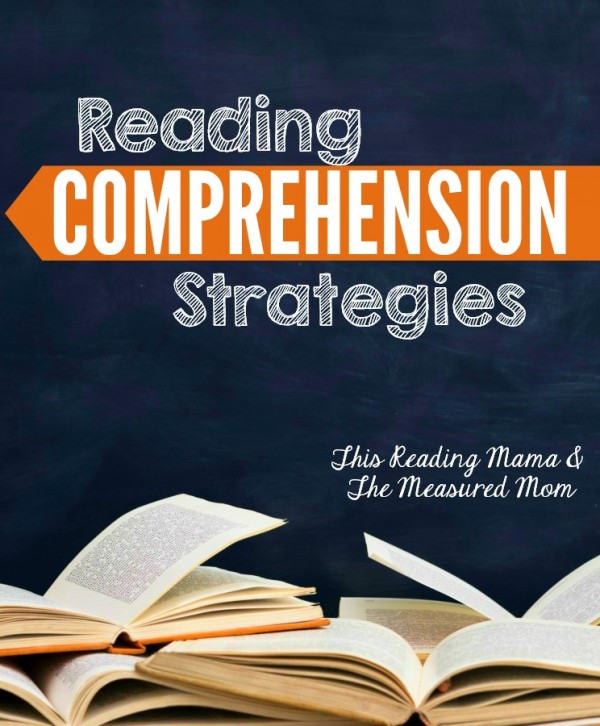

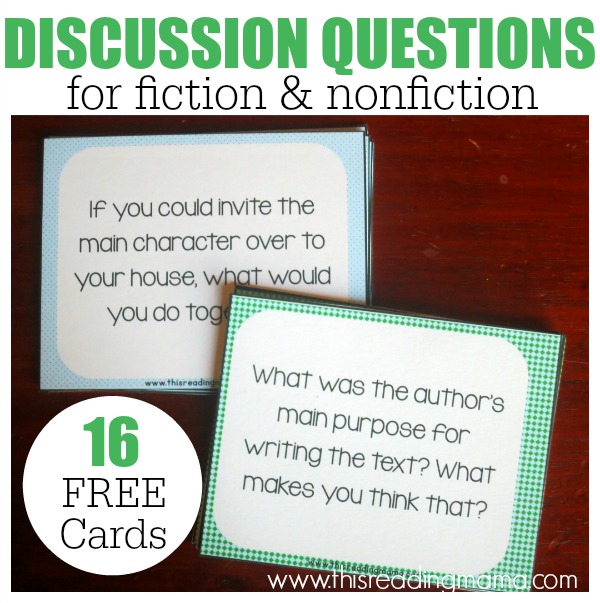
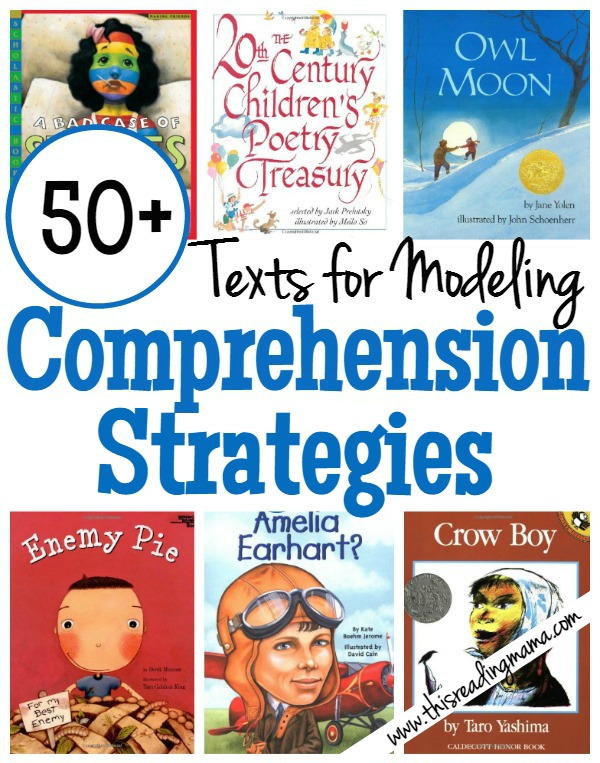
I 100% agree. I needed to adjust expectations when I moved from 5th to 1st, but all kids stretch when the not “right there” questions are asked. After reading a picture book to my students–“Yard Sale”–I asked them if it was a sad or a happy story. They had to support their thinking. Love that question. My students are thinkers! I’m a quilter and just made an interesting 12″ square I call “Inference.” Of course I will show it to my 6-7 year olds and ask them why it’s a good name for the piece. I predict after 10 seconds of thinking, a few will get that. 🙂
I love everything you have to say about literacy!
Thank you so much for writing this blog post! It is jam packed full of great information. In fact, your whole blog is! The next time I need to buy something from Amazon, I will come through your site to get the affiliate thing working – I know nothing about amazon affiliates, but I hope it helps you!
Thank you so much! 🙂 Have a great day!